The Effect of Low-Level Laser on Postoperative Pain After Tibial Fracture Surgery: A Double-Blind Controlled Randomized Clinical Trial
One of the undesirable complications of surgery is postoperative pain that may result in serious morbidities such as agitation, hypertension, mood changing, tachycardia and delay in wound healing, which can be more dangerous in patients with the underlying diabetes mellitus, hypertension, or coronary heart diseases as it may lead to fatal complications such as myocardial infarction. There is a high variability among patients in tolerance to pain and analgesic requirement. The studies show that about 80% of patients experience a mild to severe pain after surgery.

